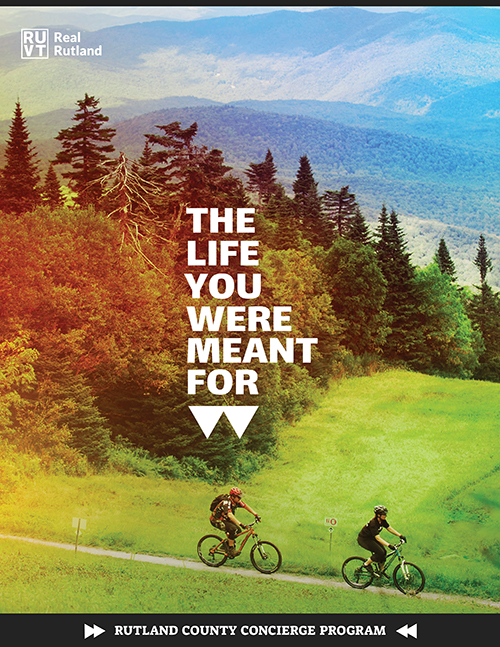How Maple Syrup is made at the Baird Farm in Chittenden Vermont
Written by Jenna Baird of Baird Farm
Sugaring has been a Vermont tradition for generations. Native Americans have made sugar in this area for as far back as folks remember. They taught the settlers of the area how to make maple syrup. Maple syrup is a wonderful natural sweetener that’s full of good sugars, minerals, and antioxidants. Today, more folks are moving away from highly processed sugars like high fructose corn syrup and switching to maple. It is not just for your pancakes anymore.
 In Rutland County, there’s a vibrant maple community. A lot has changed and modernized in the industry, but the basics have remained the same. Here’s a snapshot of how we make maple at Baird Farm today:
In Rutland County, there’s a vibrant maple community. A lot has changed and modernized in the industry, but the basics have remained the same. Here’s a snapshot of how we make maple at Baird Farm today:
Tapping Begins.
In late January and early February, when the weather begins to warm, we drill a new small hole in each of our 13,000 maple trees and place a sterile spout inside – being careful to avoid tap holes from previous years. We then connect the spout to an extensive tubing system. If you look closely on the sides of the roads while driving around Vermont, you will notice colorful spider web-like tubing running from tree to tree. At Baird Farm, we have over 90 miles of tubing in our sugarbush (that is enough to stretch from our farmhouse in Chittenden, Vermont to the border of Massachusetts!)
When the weather is right.
Freezing nights and warm days, usually occurring in March, make the maple sap flow from the trees. The freezing and thawing and expanding and contracting in the tree create a pressure dynamic which releases the sap. The sap is then gathered through a modern pipeline system (mentioned above). It flows directly from the trees into the tubing system and eventually makes its way directly to our sugarhouse where it is boiled down into maple syrup. A maple tree will yield about 25 gallons of sap in an average season. At Baird Farm on a good sugaring day, during peak flow, we gather around 2,000 gallons of sap per hour!

Vacuum System
In modern-day and larger-scale sugaring operations, sugarmakers use a vacuum system to transport sap through the tubing lines. A tight vacuum system can double production rates as opposed to just using a gravity system. Because the vacuum is so important to a successful maple harvest, it is key that sugarmakers maintain the lines, fixing any vacuum leaks that occur. Wind damage and animal damage (mainly squirrels and chipmunks) are the two main factors that can cause leaks. Squirrels love to chew on the tubing and wind can knock down trees and pull apart lines causing the vacuum to drop on the entire tubing system. As sugarmakers, we want to make sure we repair all damage as soon as possible to collect the maximum sap yields for the season.

Concentrating the Sap
Raw sap from the tree averages 2% sugar. We use reverse osmosis (pumping the sap under high pressure through a very dense membrane) to remove 90% of the water from the sap and increase the sugar content to 18% before the boiling process.
Sap to Syrup!
Once the sap has gone through our reverse osmosis machines we boil the concentrated sap down from 18% sugar until sweetened to 66.9% sugar making it into pure Vermont maple syrup! It takes about 50 gallons of sap to make just 1 gallon of maple syrup.
 End of Season.
End of Season.
When the sugaring season is over (usually sometime in April), the spouts are removed from all of the trees and the holes in the maple trees begin to heal. After a couple of years, the hole is completely grown over with new growth of wood. A maple tree can live over 250 years old.
What Makes Maple Syrup Organic?
Many folks wonder… “Isn’t all maple syrup organic?” Because maple syrup is a natural product and is harvested from wild maple trees, consumers often wonder what the difference is between organic vs. non-organic maple syrup.
In order to be a certified organic maple producer, we must follow a strict set of rules and guidelines set by VOF (Vermont Organic Farmers) and approved by the USDA. Our sugaring operation must:
- Have an approved forest management plan
- Ensures stewardship of our land by providing quality habitats for wildlife, creating biodiversity in the sugarbush, eliminating the use of pesticides, and promoting an overall healthy sugarbush.
- Follow VOF (Vermont Organic Farmers) tapping guidelines
- Tree diameter, distance from old tap holes to new tap holes, the number of taps per tree, and tubing drop length are four major factors we focus on when tapping our 13,000 maple trees. Following the requirements for each of these four categories helps us maintain a healthy and happy sugarbush.
- Use of an organic defoamer in our evaporator
- All sugarmakers use a defoamer when boiling their sap into syrup in order to decrease foam in the evaporator. At Baird Farm, we use a certified organic safflower oil.
- Be inspected on a yearly basis
- This ensures that we are abiding by all organic standards and guidelines.
For fun, maple themed videos, photos, recipes, info etc. visit: www.bairdfarm.com or https://vermontmaple.org/ and follow Baird Farm on Instagram @bairdfarm or on Facebook @bairdfarmmaplesyrup


